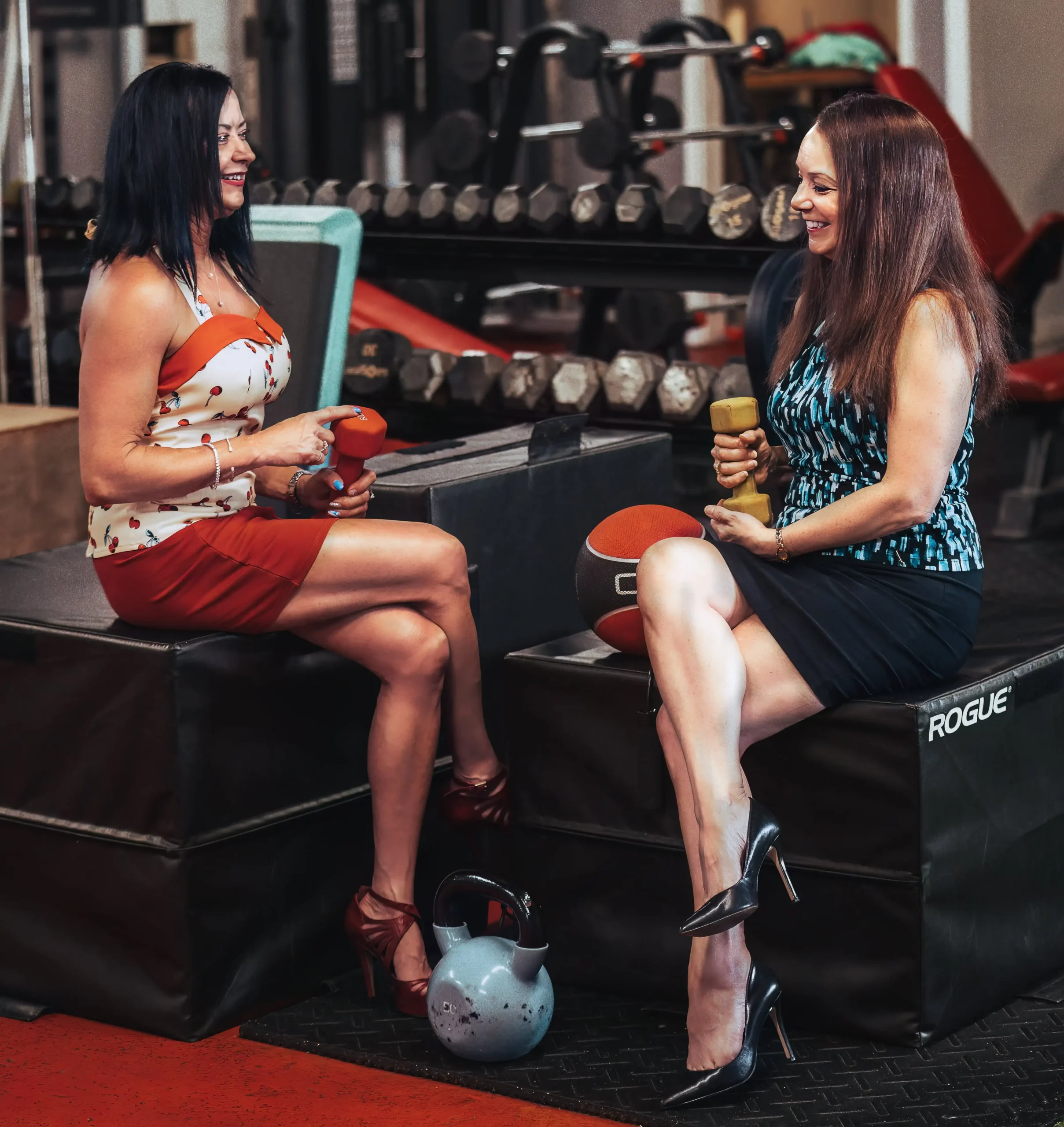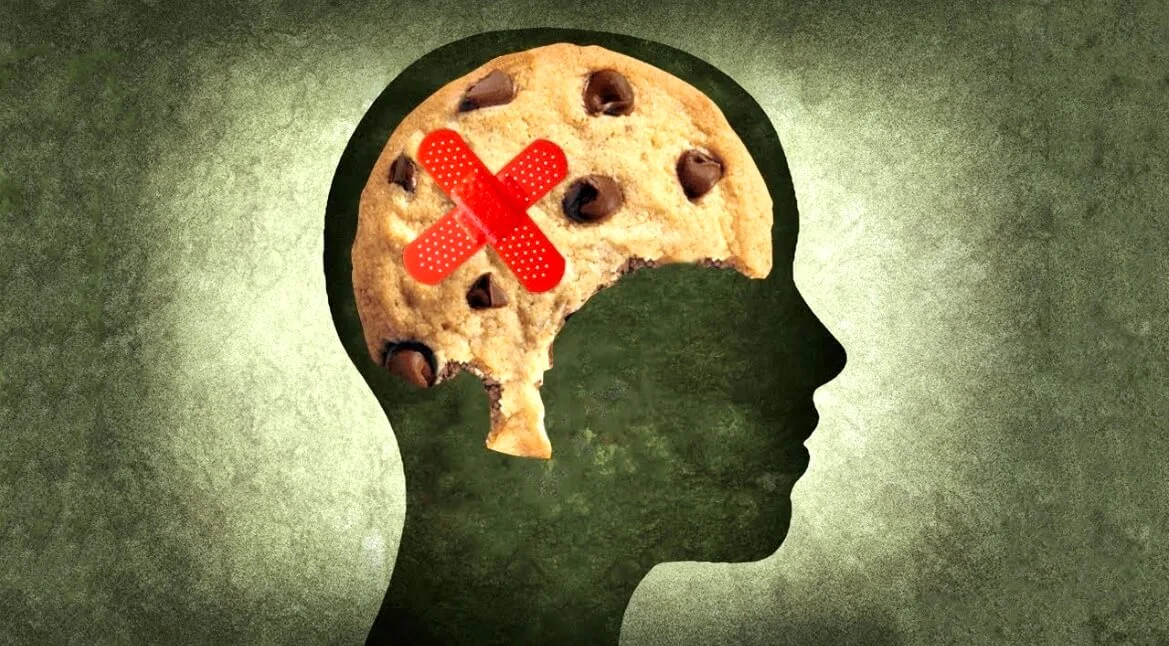Jennifer Ashby, Contributing Writer | October 17, 2023
What Do Women’s Hormones Have To Do With Working Out?

Hormones are chemical messengers that are released directly into the bloodstream, which then carry them to organs and tissues of the body and affect the way they function. The six main roles of hormones are:
- Metabolism (the way we break down food and get energy from nutrients)
- Fertility and sexual function
- Growth and development
- Emotions and mood
- Blood pressure
- Sleep
This makes hormones crucial to losing fat, gaining muscle, and maintaining an overall balanced mind/body system, which means that a better understanding of the role of hormones helps us achieve better health and fitness from our efforts.
We are not machines in what we choose to do. The interventions we put in place in the form of diet, exercise, nutrition, and sleep alter the role, amount, and effect hormones have on us. The monthly estrogen cycle women experience changes their body’s hormonal profile and makes it harder to follow the same physical training as men and see the benefits unless this monthly hormonal change is taken into account and adaptations in training are put in place.
Estrogen is a hormone that’s present in both the male and female body. In women, it regulates the menstrual cycle and affects the reproductive tract, the urinary tract, the heart and blood vessels, bones, breasts, skin, hair, mucous membranes, pelvic muscles, and the brain. It also plays a key role in how physically active we are.
The amount of estrogen that is present in the women’s bloodstream fluctuates during the monthly menstrual cycle, it affects not just how a woman feels but also how much she wants to exercise. When estrogen levels are low, however, it isn’t just a willingness to engage in physical activity that is affected.
Studies have shown that estrogen plays a key role in bone strength and bone health, and also, “it directly affects the structure and function of other musculoskeletal tissues such as muscle, tendon, and ligament. In these other musculoskeletal tissues, estrogen improves muscle mass and strength and increases the collagen content of connective tissues.” All of these are directly affected by low estrogen levels, which also affect the risk of injury and make it difficult to develop muscle mass.
Research has uncovered the mechanism behind which lower estrogen levels affect myosin, a protein that converts chemical energy in the form of ATP to mechanical energy, thus generating force and movement. Estrogen levels dip in a woman’s body in the final week before menstruation and during it. This, in turn, has a variety of undesirable effects:
- Difficulty in putting on muscle despite training during that time
- Losing elasticity in tendons and ligaments
- Loss of coordination
- Reduced mobility
- Greater fatigue
These are effects that become even more pronounced when the female body experiences menopause, when ovulation stops altogether and estrogen levels become naturally lower.
Because the human body is a complex, dynamic construct, what affects one part of it affects others. For instance, stronger muscles help develop healthier, stronger bones, and stronger bones affect brain health. There are similar complex relationships between mobility, coordination, balance, and overall quality of life in terms of physical, mental, and psychological effects that impact not just how we feel but also how long we live.
The complexity of the human body that causes such a cascade of effects when estrogen levels become low, however, also allows us to develop coping strategies during the monthly ovulation cycle that reduce the effects of lower estrogen levels and help women get the most out of their training.
To do that, the first step is to track the monthly menstrual cycle. During the early phases of that cycle, like the first two weeks, strength training and exercises that help build explosive power deliver the best results. The same goes for any kind of exercise that involves, let’s say HIIT training or stretching.
Ligaments, tendons, and the firing of muscles are different when estrogen levels are high, and each organ is affected differently. While high estrogen, for instance, is great for building stronger bones and powerful muscles, it causes loss of rigidity in ligaments and tendons and makes it more likely to suffer a joint injury. Lifting weights, doing High-Intensity Interval Training, and working out hard are much easier in the first half of the menstrual cycle and deliver great physical strength gains, provided that attention is paid to how joints are stressed.
During the latter half of the menstrual cycle, however, attention needs to be paid to having proper warm-ups and adjusting expectations about performance in heavy exercise.
Because one of the first things to be affected by a fluctuation in hormones is motivation, when you do feel demotivated in the second half of a menstrual cycle it is good to have a strategy in place already. Substitute Low-Intensity Interval Training (LIIT) instead of HIIT, for instance. Or, go for long walks instead of running. Make your training extra fun by working out with a partner or friend, and don’t beat yourself up if you simply don’t feel like doing what you normally do in your workouts.
The key here is to accept that this change in mood and feelings is perfectly alright, and it does not constitute a personal failure. Gentle exercise and low-impact workouts not only help relieve mental and psychological stress, but they also mitigate the effects of change in estrogen levels, making the transition from high to low estrogen much smoother and a lot safer.
Another area of research shows that the way women experience fatigue during exercise varies greatly according to the phase in their menstrual cycle. Upper-body exercise fatigue, for instance, is felt less during the early stages of the menstrual cycle while lower-body fatigue appears to be less influenced by the available levels of estrogen. This means that doing hard upper-body exercises is better in the first two to three weeks of the menstrual cycle, while walking and running are better exercise choices during the final week of the menstrual cycle and during the days of menstruation.
Let us tailor the workout plan for you.

